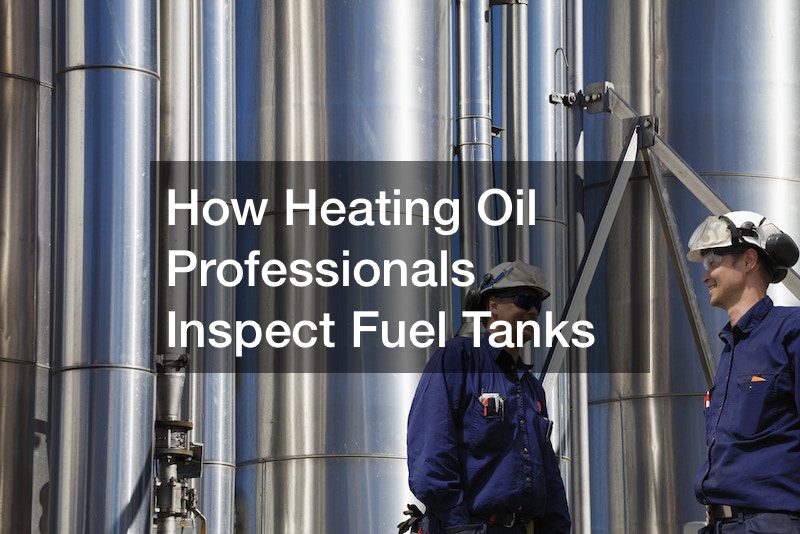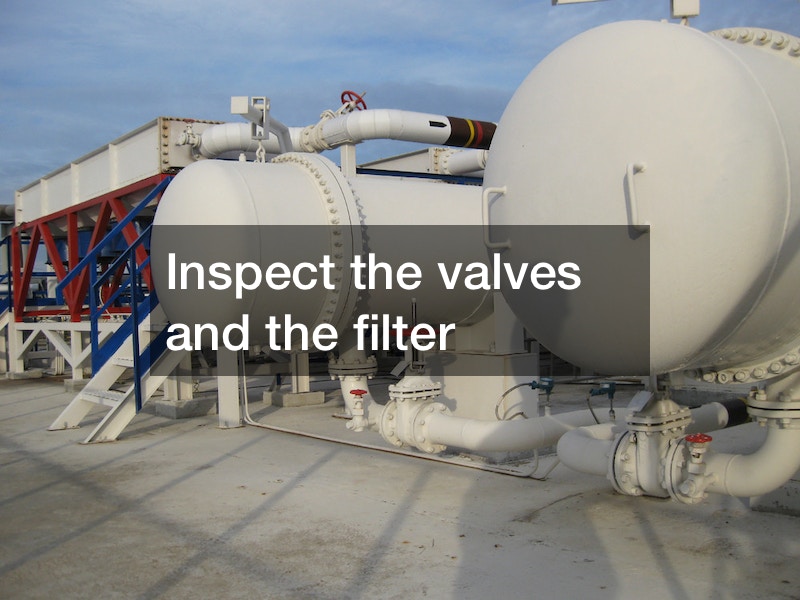
Heating oil is a crucial resource for many homes and businesses, particularly in regions with harsh winters. Ensuring that your fuel tanks are in optimal condition is essential for safe and efficient heating. Regular inspections by heating oil professionals can prevent leaks, contamination, and other issues that could disrupt your heating system.
Video Source
This article outlines the key steps heating oil professionals take to inspect fuel tanks, providing insight into the meticulous process that ensures the safety and functionality of your heating system.
The first step in inspecting fuel tanks is a thorough visual examination. Heating oil professionals check the exterior of the tank for any signs of rust, corrosion, or physical damage. These issues can compromise the tank's integrity and lead to leaks or fuel contamination. Inspectors also look for any signs of oil stains on the ground, which might indicate a leak. The tank's fittings, connections, and pipes are checked to ensure they are secure and in good condition.
Detecting leaks early is crucial to prevent environmental contamination and loss of heating oil. Professionals use several methods to check for leaks. One common technique is the use of leak detection sensors that can identify even small amounts of oil escaping from the tank. Inspectors may also employ pressure testing, where the tank is pressurized and monitored for pressure drops that indicate a leak. Additionally, they may use dye testing, adding a safe dye to the oil and checking for any traces outside the tank.
Inspecting the interior of fuel tanks is vital to ensure there is no internal corrosion or buildup of sludge and sediments. Heating oil professionals may use specialized cameras inserted into the tank to get a clear view of the interior. These cameras help identify any corrosion, pitting, or accumulation of sludge that can affect the tank’s performance and lifespan. In some cases, the tank may need to be emptied and cleaned for a more detailed inspection.
Beyond visual checks, professionals assess the structural integrity of fuel tanks using various methods. Ultrasonic testing is a common technique where ultrasonic waves are used to measure the thickness of the tank walls. This helps identify any thinning or weak spots that could lead to failures. Another method is radiographic testing, which involves using X-rays to detect internal flaws in the tank material. These advanced techniques ensure that the tank is structurally sound and capable of safely holding heating oil.
Proper venting is essential for the safe operation of fuel tanks. Inspectors check the tank’s venting system to ensure it is functioning correctly. This includes verifying that vent pipes are clear of obstructions and properly sized to handle the pressure changes within the tank. Proper venting prevents pressure build-up that could damage the tank or cause hazardous situations.
The environment around the fuel tank is also inspected. Heating oil professionals assess the location of the tank, ensuring it is situated on a stable, non-corrosive base and away from potential hazards. They check for proper drainage around the tank to prevent water accumulation, which can cause rust and corrosion. The tank’s proximity to buildings and other structures is evaluated to ensure compliance with safety regulations.
After completing the inspection, heating oil professionals provide detailed documentation of their findings. This report includes any issues identified, recommended actions, and a timeline for necessary repairs or maintenance. Keeping detailed records of inspections helps track the tank’s condition over time and plan for future maintenance.
Regular inspections of fuel tanks by heating oil professionals are essential for ensuring the safety, efficiency, and longevity of your heating system. Through a combination of visual examinations, leak detection, structural integrity tests, and environmental assessments, professionals can identify and address potential issues before they become major problems. By understanding the thorough process involved in inspecting fuel tanks, homeowners and businesses can better appreciate the importance of regular maintenance and timely interventions.
.
